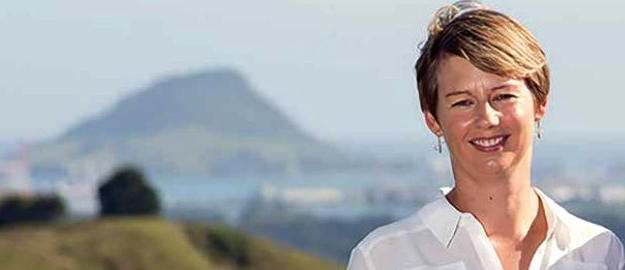Kiwifruit export marketer Zespri is forecasting strong returns from a record harvest from its European growers.
Zespri’s European growers – around 750 families – play a key role in Zespri’s global supply strategy, which allows it to supply premium Zespri kiwifruit for 12 months of the year.
“It’s helping deliver greater orchard gate returns, jobs for locals and is also leading to tens of millions of euros being invested in orchards and post-harvest facilities.”
Zespri is expecting to harvest around 19 million trays or almost 70 tonnes of kiwifruit from orchards throughout Italy, France and Greece, said chief international production officer Sheila McCann-Morrison.
Kiwifruit grown outside of New Zealand is currently around 10 percent of all the fruit sold internationally by Zespri, but that will increase significantly along with demand. Zespri has around 3100 ha in the ground in Europe, set to grow to around 5000 ha over the next five years.
“It’s been a tough season for some European growers this year, with a cold wet spring negatively affecting pollination and issues including the presence of the Brown Marmorated Stink Bug and Moira disease affecting kiwifruit and other local produce,” she said.
“However, despite those challenges, this season’s Northern Hemisphere crop is still expected to be around the same as the record set last year.”
And more broadly, she added, the relationship was working incredibly well for both growers, post-harvest operators and distributors, as well as for Zespri and the New Zealand industry.
“It’s helping deliver greater orchard gate returns, jobs for locals and is also leading to tens of millions of euros being invested in orchards and post-harvest facilities. It’s also helping foster further collaboration including technical exchange through R&D, grower workshops and nursery visits in New Zealand and other general support – all of which are helping boost production.”
McCann-Morrison said market access was also a significant focus for Zespri.
“We’re committed to helping create access to new markets for European exporters as we have recently with Mexico, so we’re ensuring an even greater number of consumers around the world can access our premium kiwifruit.”
New Zealand forecasts positive
In its October forecast, Zespri chairman Bruce Cameron advised New Zealand growers that forecast returns have increased for all pools on both a per tray and per hectare basis for the 2019/20 season.
The Green return is forecast at $6.54 per tray, with the average per ha return of $66,023.
Organic Green is forecast at $9.45 per tray, with an average per ha return of $61,201.
The Gold return is forecast at $11.41 per tray, with an average per ha return of $155,889.
The Green14 forecast return is $7.58 per tray, with an average return per ha of $43,088.
The October forecast per-tray and per-hectare average orchard gate returns are below:
The total fruit and service payment, across all pools and excluding the loyalty premium, is currently forecast at $1,892.4 million, up by $39.2 million on the board’s previous forecast.
Worker availability still an issue
The board has also approved the continuation of the SunGold licence release programme with a further 700 ha of unrestricted licence and 50 ha of Gold Organic licence for 2020.
New Zealand Kiwifruit Growers Inc. (NZKGI) chief executive Nikki Johnson told Bay of Plenty Business News it was too early to forecast how the 2019/2020 season was shaping up.
“However, if the unemployment rate stays at its low level, there may be issues again around finding enough seasonal workers for harvest,” she said.
“With this in mind, NZKGI is already in planning to showcase the industry and encourage people, with New Zealanders as a first priority, to pick and pack. NZKGI is becoming better equipped to deal with these issues with the recruitment of a Provincial Growth Fund (PGF)-funded labour coordinator to manage the supply of seasonal labour.”
More recently, NZKGI has also recruited a PGF-funded education coordinator to manage horticultural careers in the Bay of Plenty. Challenges also remain around the building of accommodation for seasonal workers, and the need for new accommodation, particularly in the Western Bay of Plenty, is top of mind, said Johnson.




